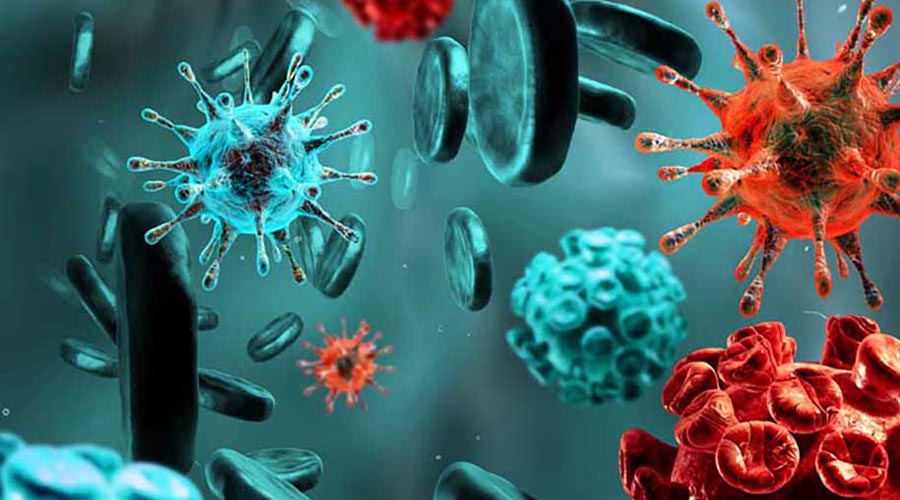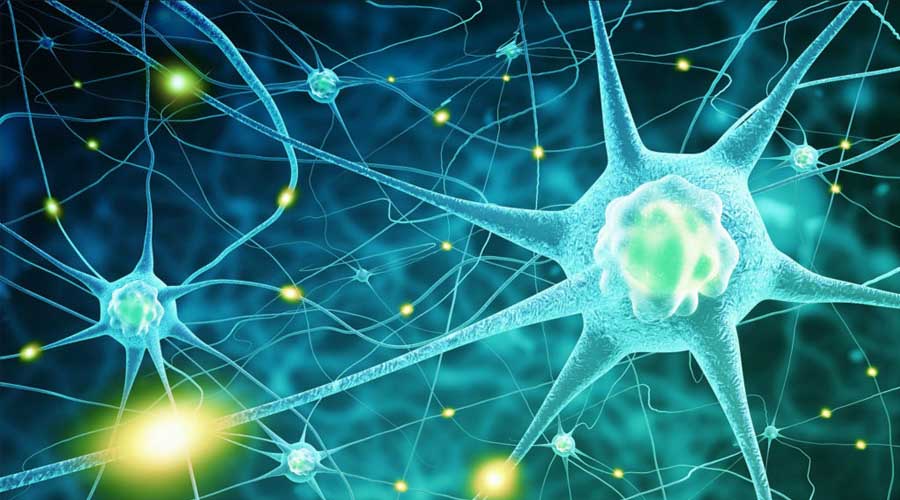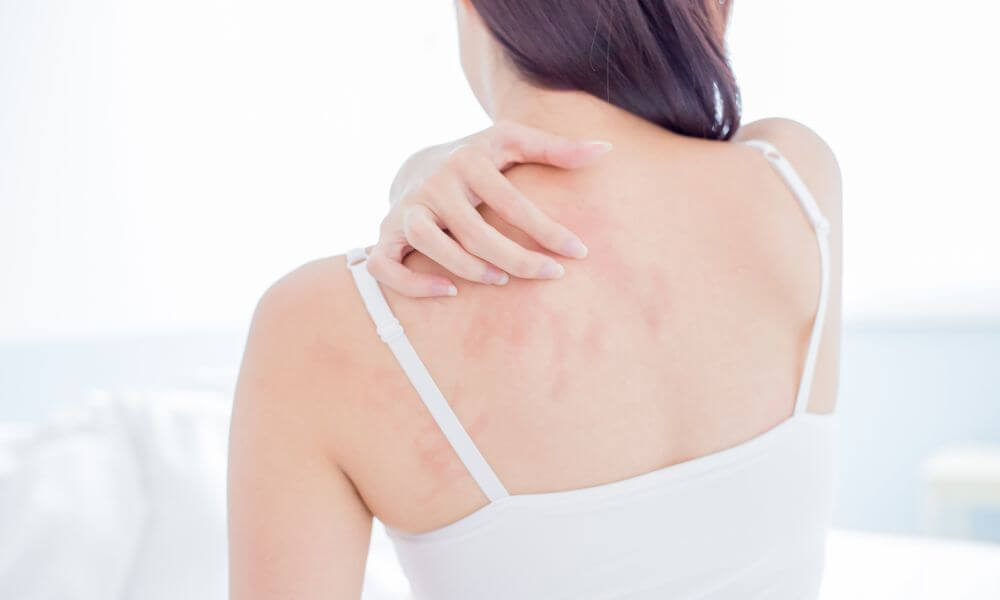Here are the top 7 causes of damaged skin you should fix for a more beautiful complexion
The causes of damaged skin is a long list and skin repair is sped up when they are removed. Finding the cause can be tough when environmental pollutants, hidden ingredients in skin care products, and more bombarded us from every angle. It can be hard to narrow down one single source.
Table of contents:
1. Skin pH and damaged skin.
2. Hidden toxins in products.
3. Damaged skin and diet.
4. Allergies and damaged skin.
5. Household products.
6. Hormones and skin damage.
7. Overall wellness.
The causes of damaged skin is a long list and skin repair is sped up when they are removed. It can be tough when environmental pollutants, hidden ingredients in skin care products, and more bombarded us from every angle. It can be hard to narrow down one single source.
That’s why we put together this quick reference list to help you identify the root cause of damaged skin. Once you’ve identified the problem, it’s so much easier to move forward with a solution (and we’ve provided links to articles with helpful treatment tips, too!).
In all our years of helping people care for their skin, we’ve identified 7 primary causes of damaged skin that covers all the bases:
1. pH Levels

If you’re dealing with damaged skin, the first thing you should do is investigate your skin’s pH, which should be around 5.5. Your skin’s first line of defense is known as the acid mantle, and it is this slightly acidic barrier that protects against bacteria, infection, and environmental pollutants.
When that pH-protected barrier is damaged, you experience things like blemishes, dermatitis, and redness.
In fact, chronic dry skin equals too alkaline, and oily skin equals too acidic.
Lots of factors can throw your pH out of whack with the worst offenders being non-pH balanced skin care products, detergents, and soaps, which can be as high as 10 on the pH scale (aka highly alkaline).
Learn more here: The Little Known Secret to Healthy Skin - Why You Need to Balance Your Skin’s pH Levels.
2. Hidden Toxins in Products

It’s estimated that only 10% of the roughly 3000 chemicals used in cosmetic products today are tested for safety. Thanks to lack of regulation, there were nearly 1600 adverse event reports filed with the FDA in 2016. That’s more than 4 people per day suffering significant skin damage from everyday products.
These toxins damage skin by inducing irritation, stripping all oil, damaging pH, and more. There are even chemicals that release formaldehyde, which has been linked to skin reactions, chronic fatigue, and dizziness to name a few.
Other skin care toxins are known to accumulate in the brain and other organs, interfering with their function. Still others are known hormone disruptors, tumor promoters, and cancer-causing agents.
The worst offenders to avoid include:
- Sulfates (SLS & SLES)
- Mineral Oil
- Benzoyl peroxide
- Propylene glycol
- Dimethicone
- Urea
- DMDM Hydantoin
- DEA & TEA
- Parabens
- Dioxin
- Artificial colors and fragrances
For more information and tips to avoid hidden toxins, read: Are Cosmetics Ruining Your Skin? 10 Ingredients You Must Avoid.
3. Diet

You’ve heard the phrase, “Food is medicine.” If that’s true, it also implies the opposite - certain foods can damage. When you realize that every outward symptom (and skin eruption) is a sign of an inward problem, it makes sense that diet is one of the 7 primary causes of damaged skin.
Since some of the worst skin conditions are rooted in inflammation, it’s inflammatory foods that are the culprit here with many foods containing pro-inflammatory omega-6s.
Then there’s sugar, which clogs pores, feeds bad bacteria in the gut, increases oil production, and ages skin by binding to collagen molecules and rendering them unusable.
GMOs and added hormones play a role in skin damage as well because of their ability to throw our own hormones out of whack. Foods that naturally contain phytoestrogens are a problem as well since they mimic true estrogen, leading to potential hormonal disruption.
With that said, here’s a list of the worst foods to avoid:
- Soy
- Sugar
- Processed meats
- Fatty food (trans fats)
- Dairy
- Refined vegetable oils
- Alcohol
- Gluten
For more details read: Top 7 Foods To Avoid if You’re Struggling with Damaged Skin.
4. Allergies

Another common cause of damaged skin is allergies - whether known or unknown. Skin irritations are so varied that there are many different names for it, depending on the trigger.
First there is hives (or urticaria), which stem from activated mast cells that release histamine. Histamine reactions are what you can thank for those red, itchy patches that seem to come out of nowhere.
Then there is dermatitis - either atopic dermatitis (also known as eczema) or contact dermatitis. Some common causes include:
- Pollen
- Extreme temperature changes
- Insect venom
- Sweating
- Chemical triggers
- Dyes
- Perfumes
- Prescription drugs
- Certain types of food
- Pet dander
If you struggle with hives, read Hives 101: What Causes Hives and How to Get Rid of Them Fast!
5. Household Products

Think of your skin like a sponge, soaking up everything it comes in contact with. It’s scary to think, but recent research suggests our bodies absorb roughly 5 pounds of chemicals every year!
Those chemicals include everything from volatile organic compounds and surfactants to known carcinogens and toxic preservatives - all of which play a role in damaging your skin.
Laundry detergent, for example, disrupts the skin’s pH and damages the acid mantle. Another study documented dozens of popular detergents, and every single one tested positive for at least one chemical deemed hazardous by the FDA.
Other products, especially those that foam, are known to cause skin irritation, dryness, and essentially destroy the skin’s protective barrier.
To avoid skin damage, switch to natural alternatives for things like:
- Dish detergent
- Laundry detergent
- Cleaning supplies
- Bath & hair care
- Soaps
- Makeup
- Air fresheners
For tips on how to make the switch (and why you really need to), read 7 Common Household Products That Cause Skin Damage & How To Avoid Them.
6. Hormones

Hormones have long been linked to skin conditions such as acne, primarily estrogen and androgens (male sex hormones like testosterone). An increase in these hormones leads to an increase in oil production.
Fluctuating estrogen levels are also linked to sometimes dramatic skin changes such as sudden dryness and discoloration.
Thyroid hormones play a role as well. Overactive thyroid can lead to redness, while underactive thyroid can make the skin coarse and dry.
Also, surges of cortisol increase oil production as well as inflammation, which is at the root of many painful skin conditions.
7. Overall Wellness

Research continues to reveal a growing gut-skin connection. You may have heard it said, “As goes the gut, so goes your health.” Well, more and more researchers are saying the same about the gut and its direct link to skin health.
And just like the gut, your skin has a microbiome too. That delicate balance of bacteria is easily disrupted by outside chemicals and products, especially antibacterial products that contain triclosan (found in many cleaning agents).
There are also several nutrient deficiencies linked to skin problems, including vitamin C, collagen, and zinc.
Other lifestyle factors such as sun exposure can play a role as well thanks to free radicals’ effect on skin. Even the amount you exercise can determine the state of your skin because it increases blood flow (and therefore oxygen) to skin cells. If you don’t exercise regularly, you forfeit such benefits.
Summary
The exact cause of damaged skin varies from person to person, but these 7 most common culprits seem to be universal.
Take a few minutes today to evaluate your skin health and any factors in your life that may be causing damage. Start with your skin’s pH and eliminate any unbalanced products you may be using. Then move on to things like diet, hidden toxins, household products, allergy triggers, and so on.
By the end of your evaluation, you should have a solid understanding of what’s causing your skin distress, enabling you to form an effective strategy for restoring your skin to a clear and healthy state.

